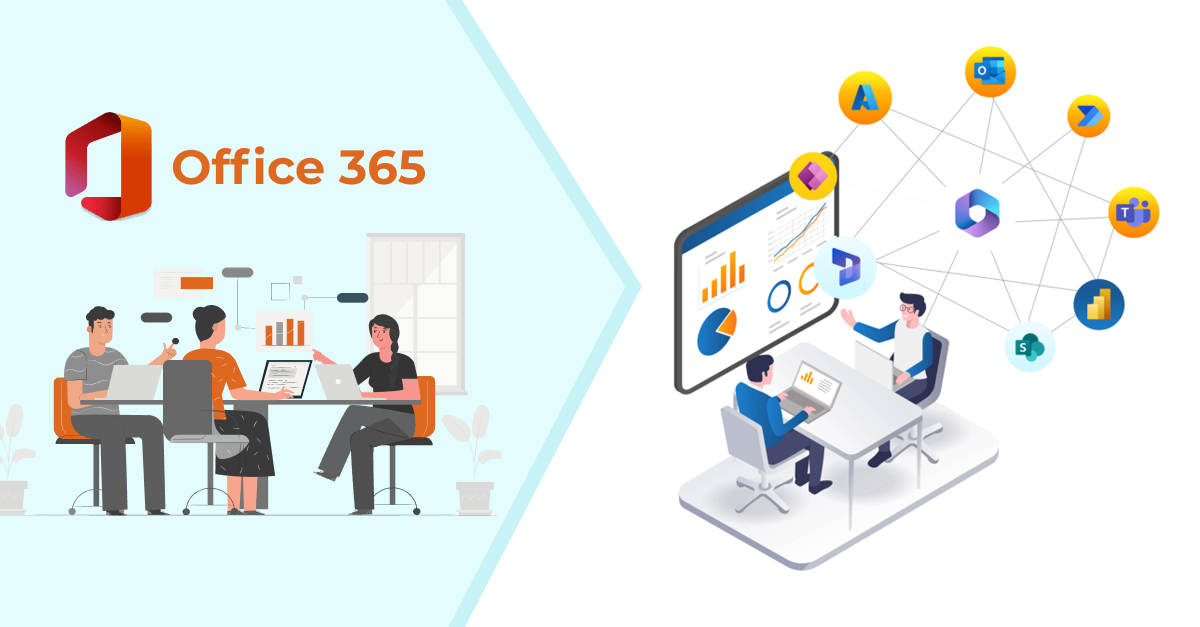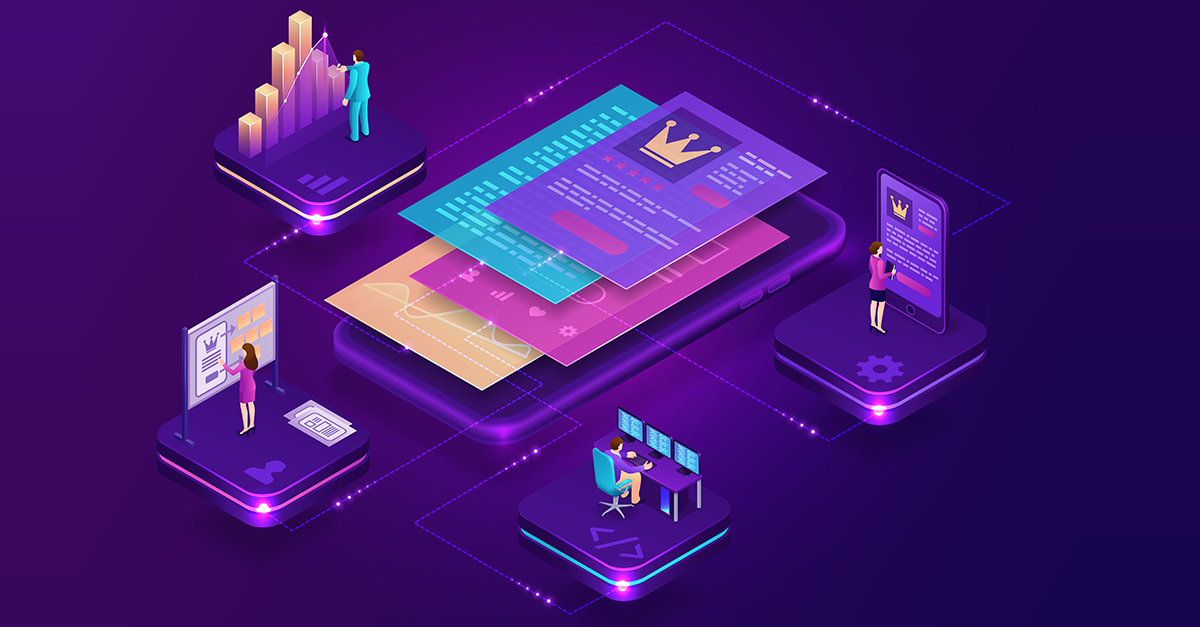
No matter how many safety training manuals and sessions are performed, a safety-first mindset needs more effort every time.
Research says that the human mind tends to keep the visuals in mind and remember them longer than the theory they have heard or the text they read. And thanks to the digital revolution, we can now incorporate a safety-first mindset through proper visuals and voiceovers.
For example, safety managers can show visuals of proper posture while doing tasks rather than just telling workers to maintain appropriate postures. Also, the consequences of not keeping an upright posture can lead to extreme dangers can be shown. Thus, workers will understand the result of not adhering to the safety norms. This incorporates a safety-first mindset and behavior.
Creating a safe and healthy work environment is paramount for the success and well-being of any organization. And one of the key pillars in achieving this goal is an effective Environmental, Health, and Safety (EHS) training program that imparts knowledge and fosters a safety-first mindset among employees.
In this blog, we’ll delve into the importance of Digital EHS training and employee engagement, exploring strategies and best practices to cultivate a culture where safety is everyone’s priority.
Importance of Digital EHS Training
Digital EHS Training harnesses the power of technology to impart essential safety knowledge, foster a culture of compliance, and cultivate a safety-conscious workforce.
Training and Digital training are also different aspects. Mere training does not serve the purpose as well as digital training does. The difference is so visible that almost many are adapting to digital methods.
Gone are the days of static presentations and passive learning; digital training platforms engage employees through immersive experiences, interactive modules, and real-world scenarios.
This transition from conventional training methodologies to digital media has opened up a world of possibilities, allowing organizations to achieve unprecedented levels of engagement, knowledge retention, and overall effectiveness. These training methodologies
Let us briefly understand the importance of digital EHS training.
And We Conclude.
Cultivating a safety-first mindset through digital EHS training and employee engagement is a continuous journey that requires dedication, creativity, and collaboration.
By investing in comprehensive training and leveraging technology, organizations can create a workplace where safety is not just a priority but a way of life.
Together, we can build a safer and healthier future for all.



